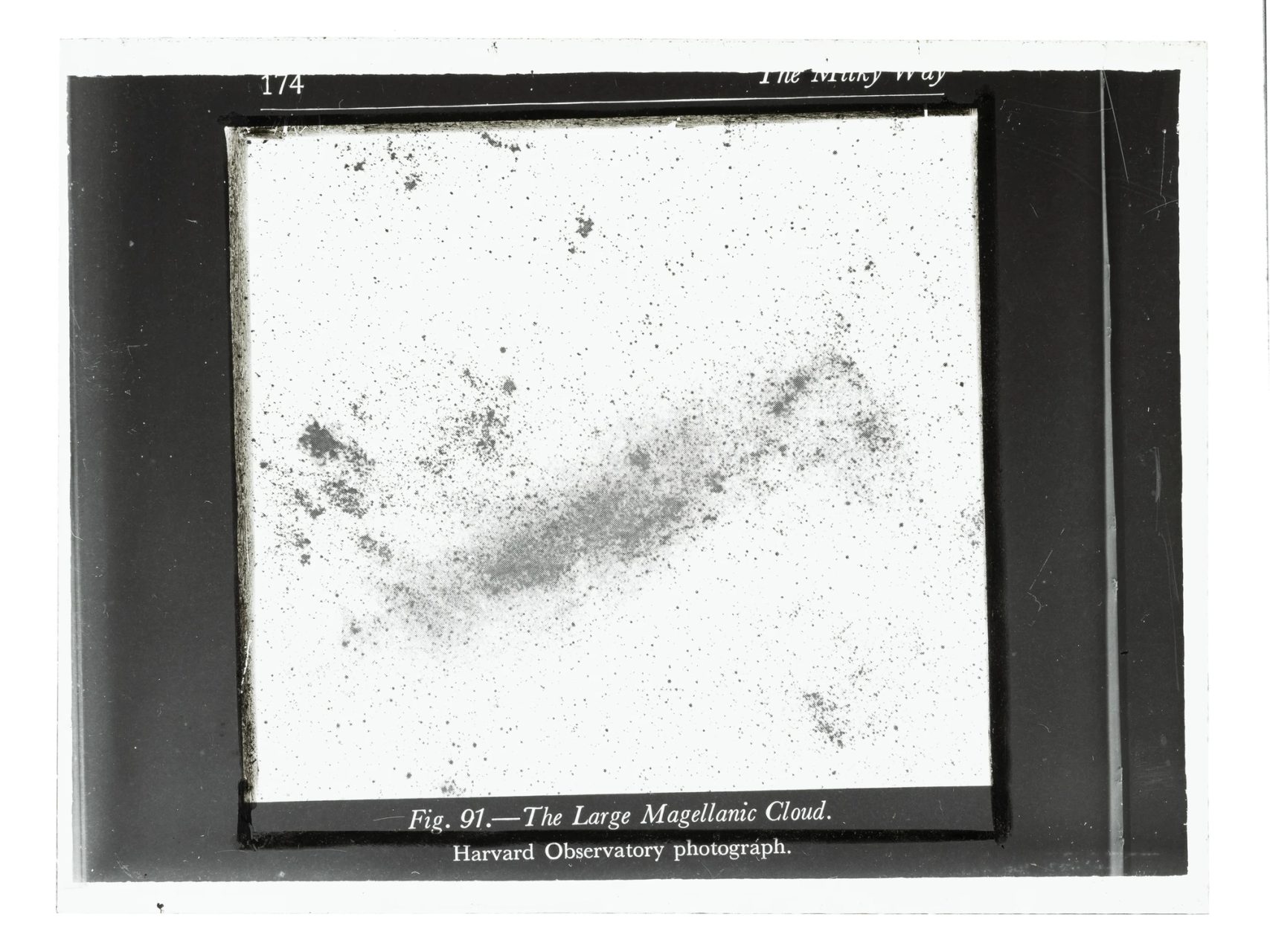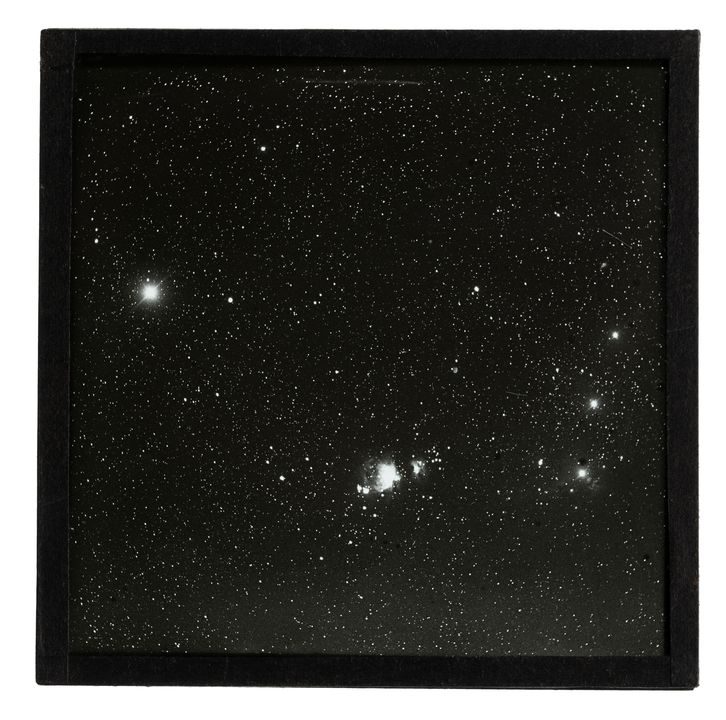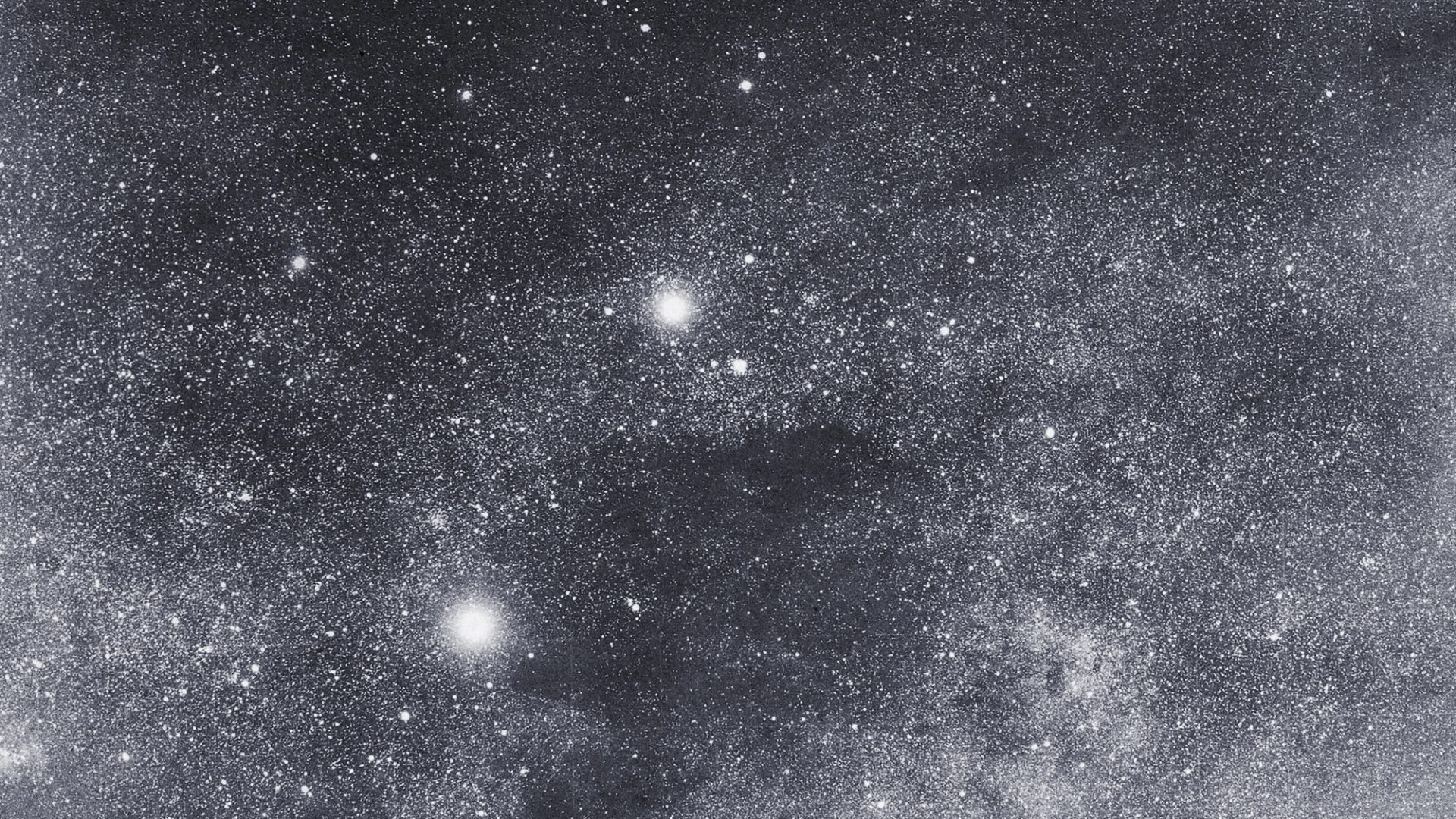The Stars and Euahlayi Law

‘When we look at the stars, we see songlines, songlines that take us from one place to another. Stories that connect us to the far reaches of this galaxy and beyond.’
The Stars and Euahlayi Law
Aboriginal law, as opposed to Lore, derives its existence from the Universe. Celestial Law.
We are peoples governed not by man-made laws but by the wisdoms and knowledge of Creators. Our laws are laws that were set down during creation. These laws governing births, deaths and marriages were defined in such a way that they ensured sustainability for the people and the planet
As an Euahlayi Elder, I see stories in the stars that are Euahlayi Law. The Euahlayi story of creation talks of Creators coming from another universe and through the stars we can navigate our pathway to be with our ancestors. But the caveat is that we must complete the ceremonial education through the rites of passage without which we will never get home to our place of origin and never see or be with our ancestors again. We will be forever on the merry-go-round of reincarnation, finding no peace at all.
When we look at the stars, we see songlines, songlines that take us from one place to another. Stories that connect us to the far reaches of this galaxy and beyond.
Here in this galaxy, we can see the Wolli (camp sites) of Elders who guide us and inform us of the rules. The Magellanic Clouds represent two Wollis (camps). The small cluster is old Dthar Dthar (Grandfather). The large cluster is the Wolli of the third wife of the Creator, Wunnargudgielwon. Wunnargudgielwon is the spiritual ancestor who receives the spirit children and allocates that spirit to an Earth mother.
The small Magellanic Cloud is old Ngudthee (this word means that he cannot be named). This man is responsible for visiting the death of people who have never been through the rites of passage. He directs the spirits back to Wunnargudgielwon for her to locate an Earth mother who belongs to the same totem group as his or her first mother, Birringoolloo.
Wurrumboorrool, Big River in the sky, also known as the Milky Way, establishes a line that is referred to as the moiety. This moiety shows that the east side of the Milky Way is brighter than the west. This establishes the rule for marriages for the Euahlayi. That is, people who belong to one of these divisions are not permitted to marry someone who belongs to the same division. They must marry across the Milky Way. To marry within is to break the law. This law is regulated by the ceremonial Elders. The east side of the Wurrumboorrool is the male side and is represented by the Euahlayi in their Morning Star ceremony. The west side represents women’s business where the dusk sky has great significance to women.
Orion’s belt represents three brothers (Dthane-gai), who were in love with the Seven Sisters (Bhoodhees), also known as the Pleiades. These brothers ascended into the sky after the sisters were sent into the sky by their father (Ghurreel Boydjar, Cold Father or Mt Kosciuszko). But when it was realised that these boys had followed them into the Wolli (sky camp), Dthar Dthar (Grandfather of the sisters) put up his Wolli in between them. This nearby group of stars is known as the ‘horn of the bull’, or Taurus as it is called in the Northern Hemisphere. The horn is made up of Aldebaran, Elnath and Zeta Tauri. For us here in the Southern Hemisphere it is the ‘Gunyhar’ (the A-framed home of old Dthar Dthar) preventing the brothers from ever contacting the sisters. The cluster of stars behind the brothers are the warriors travelling the songline to the ceremonies.
The stars for the Euahlayi in this Universe inform us of a great number of stories that our people connect with in life and in death.
The Wurrumboorrool is like an open book. All major ceremonies are performed at night, so that we can read from this Universe, as it holds all our stories. It also shows us the way to our place beyond, where our ancestors’ spirits now dwell.
Mid to late August is the best time to see the Wurrumboorrool as this is what we call the changing time. A time when new life is being prepared to come into existence on Earth.
People begin to plan their moves to attend ceremony grounds to sing to Country (mother nature, Birringoolloo) thereby communicating with her, informing her, that we are preparing to pay homage to the spiritual ancestors through ceremony, telling them that we commit to a sustainable life that was given to us at the time of creation.
2024 Australasian Sky Guide

This popular guide by astronomer and author Dr Nick Lomb provides stargazers with everything they need to know about the Southern night sky. It contains the latest information on the solar system, historical features, monthly sky maps, details of the year’s exciting celestial events and viewing tips for city dwellers. Wherever you are in Australia or New Zealand, easy calculations help you estimate local rise and set times for the Sun, Moon and planets. The 2024 Australasian Sky Guide also includes a feature by Uncle Ghillar Michael Anderson on the stars and Euahlayi Law.
2024 NIGHT SKY HIGHLIGHTS
- March Venus near Saturn
- May Eta Aquariid meteor shower
- June Occultation of Saturn
- August Mars near Jupiter
- September/October Super Moon
- October Comet C/2023 A3 (Tsuchinshan-ATLAS)
- December Geminid meteor shower
Authors
Uncle Ghillar Michael Anderson is a ceremonially educated Euahlayi man with knowledge of his songlines across this country and is a participant in various ceremonies. One of the ‘fab four’ who established the Aboriginal Embassy in Canberra in 1972, he has participated in the United Nations Declaration on the Rights of Indigenous Peoples since 2015. In 2021, the International Astronomical Union named an asteroid, 10040 Ghillar, in his honour. Ghillar currently lives on his Country in upper Western NSW at Goodooga and lectures and gives talks on a range of political and cultural matters to many audiences.
Dr Nick Lomb spent more than 30 years at Sydney Observatory. He curated numerous exhibitions and was a frequent commentator on astronomical events in the Southern sky. He is an honorary professor at the University of Southern Queensland and researches the history of Australian astronomy. Dr Lomb was a regular contributor to the Observatory’s blog and has been the author of the annual Australasian Sky Guide since 1991. He has authored and co-authored several other books, including: Transit of Venus: 1631 to the Present (2011), The Story of Sydney Observatory (2018) and Eclipse Chasers (2023).




















